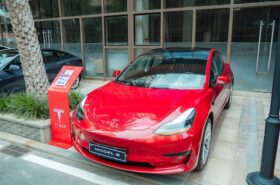Using green or renewable energy is one of the best strategies for dealing with climate change and reducing the emission of greenhouse gases into the atmosphere. Some common examples of green energy sources include energy generated from solar, wind, waste products, hydropower and more.
There are several technological innovations in the green energy space that could potentially impact the world in the next couple of years. Some of these technologies are already in the works, whereas some are still at the concept level. In today’s article, we will take a deep dive into these innovations and how they will potentially change the world in the next decade.

The best technological innovations in the green energy space
Solid state batteries
If you have been following tech and electric vehicle news in the last couple of years, you’ve probably read or heard about solid-state battery technology. Unlike the mainstream li-ion batteries in our phones and computers, solid-state batteries use a solid electrolyte, making them much safer and more durable in the long term.
Solid state batteries also have a significantly high energy density than Li-ion. This is one of the reasons lots of big tech and auto companies are paying close attention to this technology. Having a high energy density means we can store way more energy in a battery of the same size. In the case of EVs, having a higher energy density makes it possible to create batteries that give the car more range without taking up much space.


Another huge benefit of these batteries is the fact that they maintain their capacity even after being recharged several times. Solid state batteries can maintain up to 90% of their energy storage capacity after 5000 charge cycles. For context, most Li-ion batteries will lose about 20% of their capacity after around 1000 charge cycles.
That is why most smartphone batteries become very weak after two or three years of use. With solid-state batteries, you could use your phone for over five years without seeing significant losses in the energy storage capacity of the battery. Longevity also means less battery waste which is another plus for the environment.
Toyota is one of the big auto companies investing in solid battery technology. They are finding ways to get these batteries to the mainstream market as soon as possible. The company promises to ship the first car with solid-state batteries in the mid-2020s. So, we could see this car within the next five years.
Fuel cells
Fuel cells produce electric energy by combining hydrogen and oxygen. Unlike combustion which releases carbon dioxide, fuel cells produce heat and water as emissions. The only challenge is that hydrogen production currently requires copious fossil fuels. However, this could soon change in the future because there is an alternative to using renewable energy to produce hydrogen.
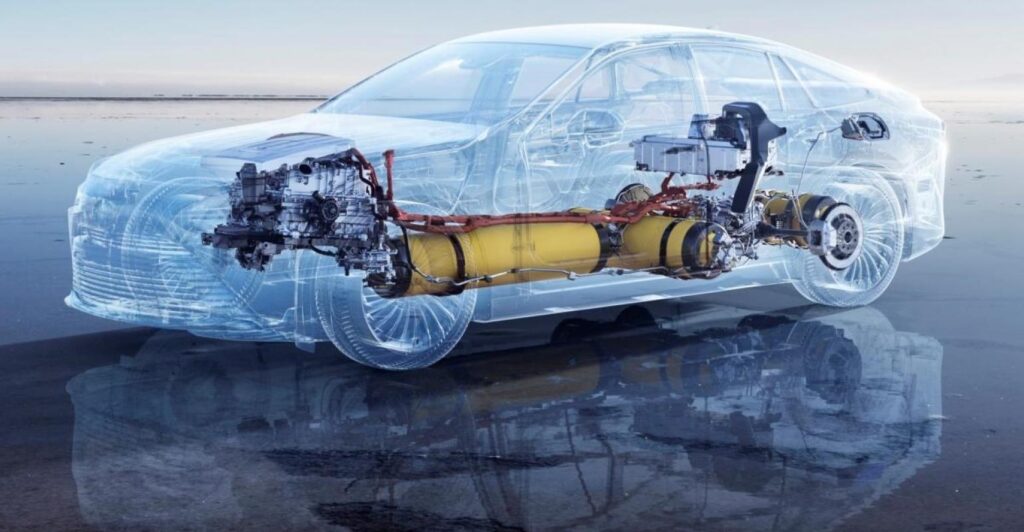

Toyota, UPS, and Truck manufacturers Kenworth are some of the companies that are actively investing in this technology. Currently, the market size of fuel cells is about $7 billion but is expected to reach over $42 billion by 2030. Fuel cells will be a great alternative energy source for vehicles, especially large trucks that are yet to use Li-ion and potentially solid-state batteries.
Unlike solid-state batteries, which are still in the early stages of development, fuel cells are already being used in the mainstream market.
Smart grids
These refer to electricity grid systems that distribute energy based on the demand of an area. To implement this technology, smart meters have to be installed in different homes or buildings in a given area. The role of these meters is to send real-time data to the energy services about how different users are consuming power.
This data is used to regulate the amount of energy each area needs to ensure everyone on the grid gets the right amount of energy they need. The US was among the first countries to adopt this technology in 2007. However much it is being implemented at a slow rate, some small communities are already starting to use it.
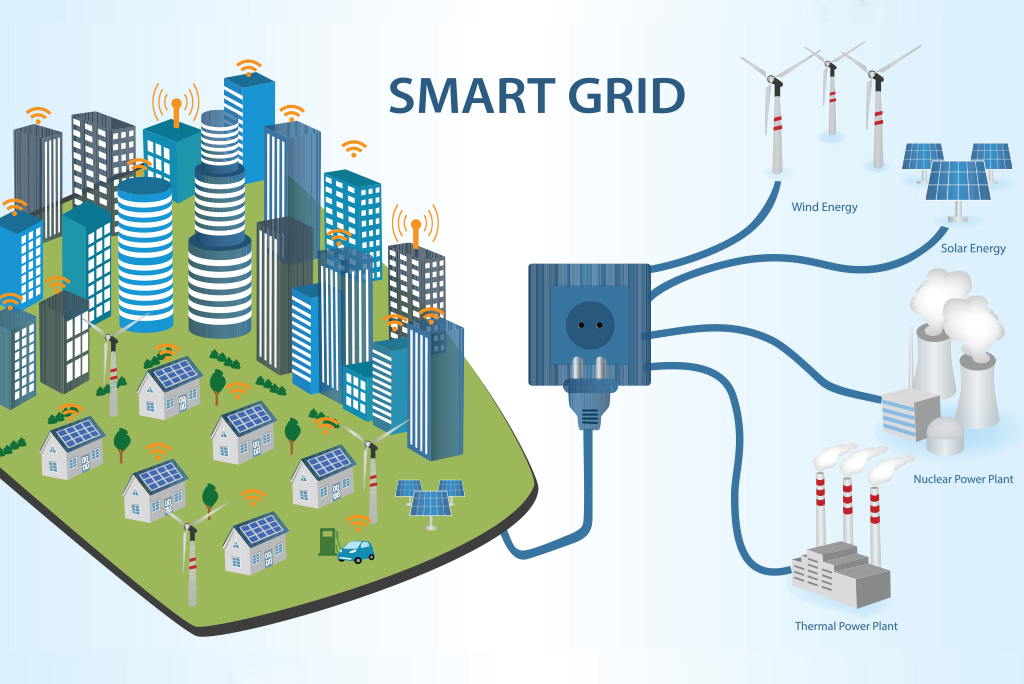

The main benefit of using this technology is regulating the distribution of power to ensure everyone on the grid gets what they need and not excess. This reduces energy losses on the grid, lowering the need to add more energy to the grid. Lowering the energy needed obviously lowers greenhouse emissions in the short and long term.
Solar roof tiles
This small but smart innovation can speed up the adoption of solar energy. These tiles look just like any other tiles but with the ability to convert energy from the sun into electric energy that is then stored in batteries. If you use solar tiles for your roof, people in the neighborhood may not even know that you have solar in your home.
It is much cheaper to use solar roof tiles than standard solar panels on top of ordinary tiles. This reduces the need to create more tiles, another plus to the environment. Another benefit of using solar roof tiles is that they have more surface area. With more surface area, these tiles can receive more sun leading to more energy generated per unit area of the roof.
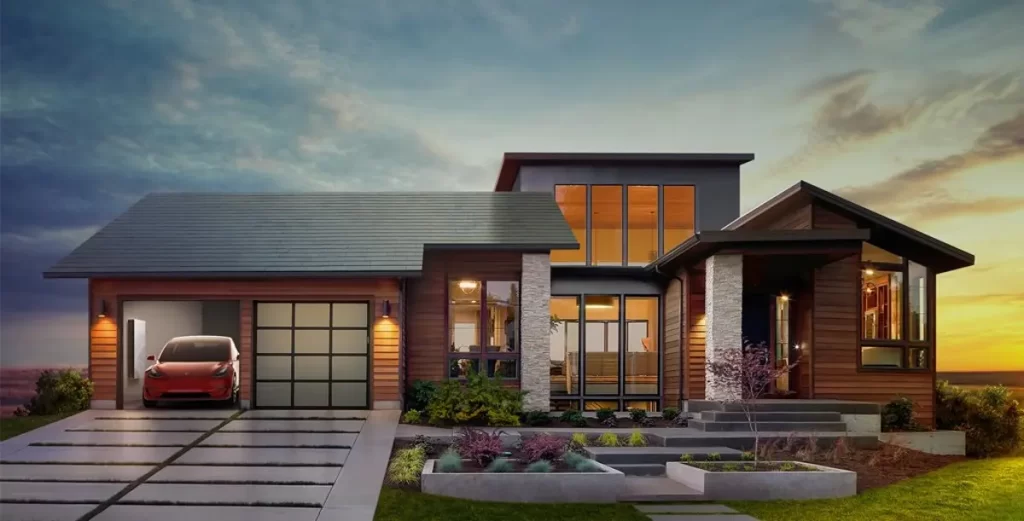

Of course, these tiles won’t have fancy colors like ordinary tiles used on most buildings. They mainly adopt dark colors to enable maximum absorption of the sun’s energy. This is more of an aesthetic issue that a few people may care about. However, aesthetics don’t really matter if you look at the benefits of using these tiles instead of ordinary ones with fancy colors.
Tidal energy
This is the form of renewable energy that is generated from waves and tides in the ocean. Tidal energy uses almost the same concept as hydro energy; it involves converting moving water (mechanical energy) into usable electric energy. South Korea is one of the global leaders when it comes to investing in tidal energy.
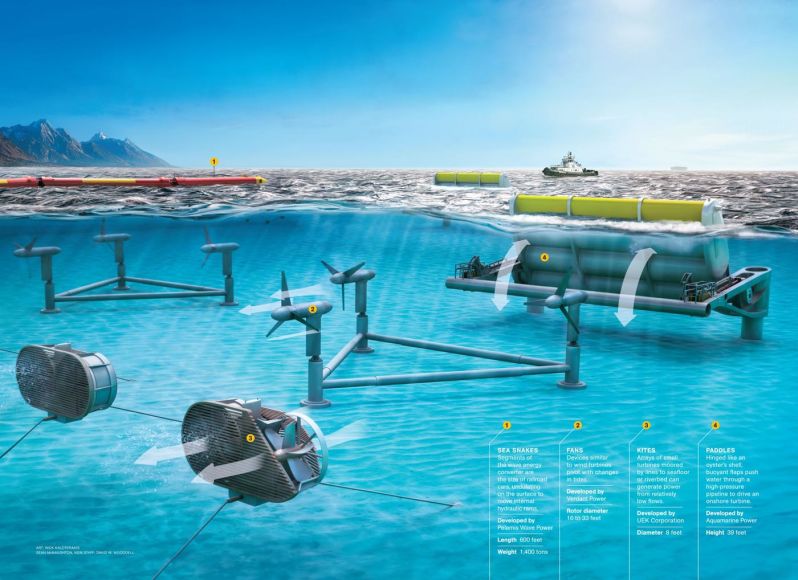

The country’s tidal energy capacity stands at 511MW. France is in second place with 246MW, and the United Kingdom with 139MW. These numbers may seem small, but with more advancements in this technology. The production capacities of these countries could go up with time. Scientists predict that tidal energy could power up to 20% of the UK in the future. The UK is currently investing over $27 million per year in tidal energy R&D projects. We just have to wait and see what this investment will yield in the next couple of years.
GaN technology in chargers
Gallium nitride, or GaN, is a common material that’s starting to be used to make chargers for gadgets like phones and laptops. The main advantage of GaN chargers is that they produce less heat when charging our devices. It should be noted that a significant percentage of energy is lost as heat when charging devices such as phones and laptops.
Losses are even much more with high wattage charging since more energy is being transmitted through the charger. GaN chargers minimize these energy losses, leading to more efficient charging. Belkin and Anker are among the leading brands that have made this technology very popular and brought it to the mainstream market.
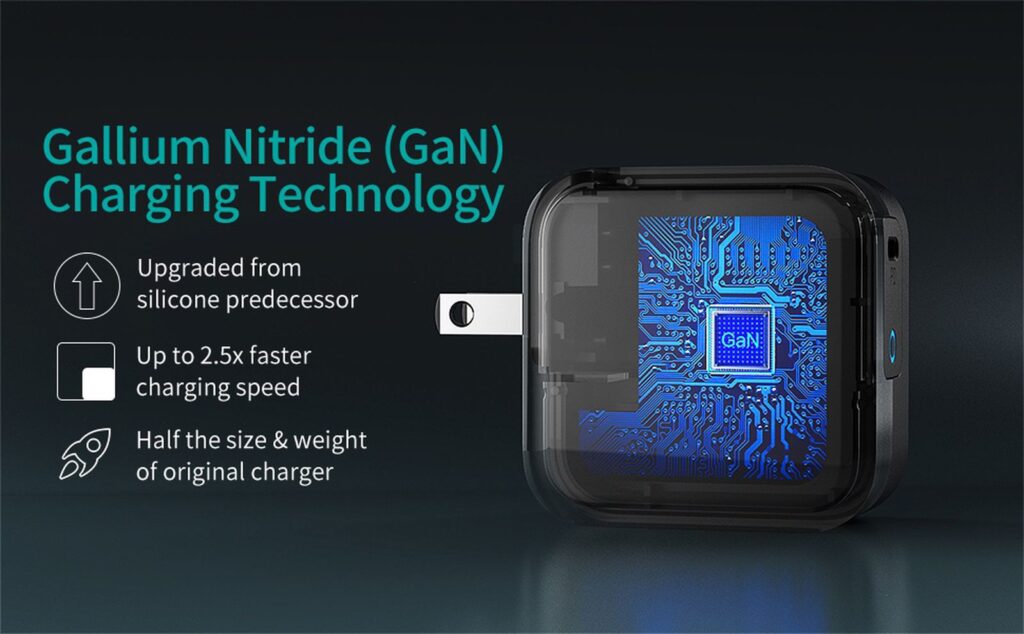

On top of being more efficient, GaN chargers are also more compact, reducing the amount of material used in producing these chargers. This is another win for the environment since it will reduce the natural resources that must be destroyed to get more materials for charger production. If you buy a brand new laptop or smartphone today, it will likely ship with a GaN charger, as they have become pretty common in the last couple of years.
Using your EV to power your home
We currently have electric vehicles that have been designed to power homes if the need arises. Most people in both developed and developing countries usually use diesel and petrol generators as their backup energy solution. Now that we have EVs that can power a home, we no longer need to use these generators that emit huge amounts of greenhouse gases into the atmosphere.
It makes even more environmental sense to use your EV as a backup if you charge it using green energy such as solar or electricity generated by wind turbines. Currently, we don’t have so many EVs that have been designed to power homes. Some of the popular EVs that can be used to power your home in case of a blackout include the Chevy Silverado E and Ford F-150 lightning.
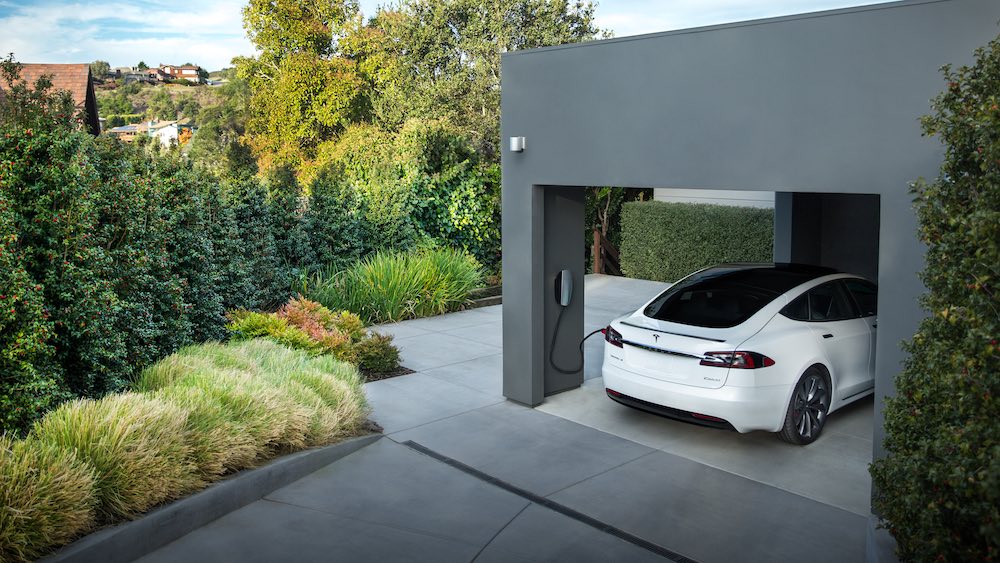

The Ford F150 has a battery with over 131KWH battery. This can power an average home for over ten days if well utilized. Some people may also want to use this as an alternative to save on their energy bills. So, they may decide to charge their EV during non-peak hours, especially at night. They can then use their car to power the home during the day when the unit energy cost is high.
Utilizing the large batteries in EVs to power our homes will become pretty popular in the next couple of years as more companies will likely add this functionality to their cars. We should expect Tesla’s CyberTruck, which will probably get to the market in the next couple of months, to come with this feature. Of course, it wasn’t announced at the time of release, but Tesla could have added it now that most of its competitors have it.
Repurposing plastic to produce energy
Single-use plastic has led to huge amounts of waste that have to be dealt with if we are to save our environment. Just look at this stat; over 7 billion tonnes of plastic were produced by 2015. A significant percentage of the plastic products produced are single-use, so they are thrown away afterward.
There is currently an exciting innovation that makes it possible to use plastic to generate energy. With this innovation, waste plastics are heated at a very high temperature without oxygen. This heated plastic breaks down without combusting, so it doesn’t produce carbon dioxide, one of the most dangerous greenhouse gases we are trying to eliminate.


This process of heating plastic without combustion produces bio-oils, which can be used to create biofuels. In addition to producing energy, repurposing plastics will reduce the number of plastics loitering in landfills.
Regenerative braking
Regenerative braking is used in modern electric and hybrid cars. It involves capturing the kinetic energy from braking and converting it into the electrical power that charges the vehicle’s high-voltage battery. This braking technology reduces the amount of energy wasted when braking; instead, it converts it into usable energy that the car can utilize later.
It also slows the car down, which assists the use of traditional brakes while driving an EV. All the recent Tesla vehicles use this technology. Several other EVs have adopted this braking technology to boost the efficiency of their cars. It is estimated that regenerative braking alone can boost the efficiency of EVs by up to 25%.


Bottom line
The next ten years will be pretty interesting as most of these technologies could become mainstream products. It is important to note that most of the green technologies we have shared, including solar roof tiles, tidal energy, and regenerative braking, are already being used in products that are on the market today.
One of the caveats of implementing most of the green technological innovation is cost. For example, the price of EVs is still high, so not so many people will be able to buy these cars in the next couple of years. This limits the number of people that will be enjoying the functional and environmental benefits of these cars.



